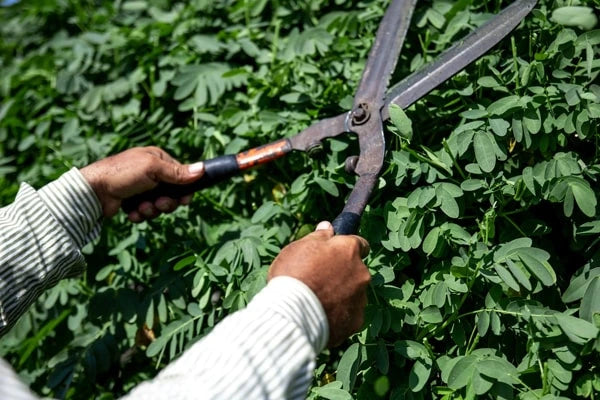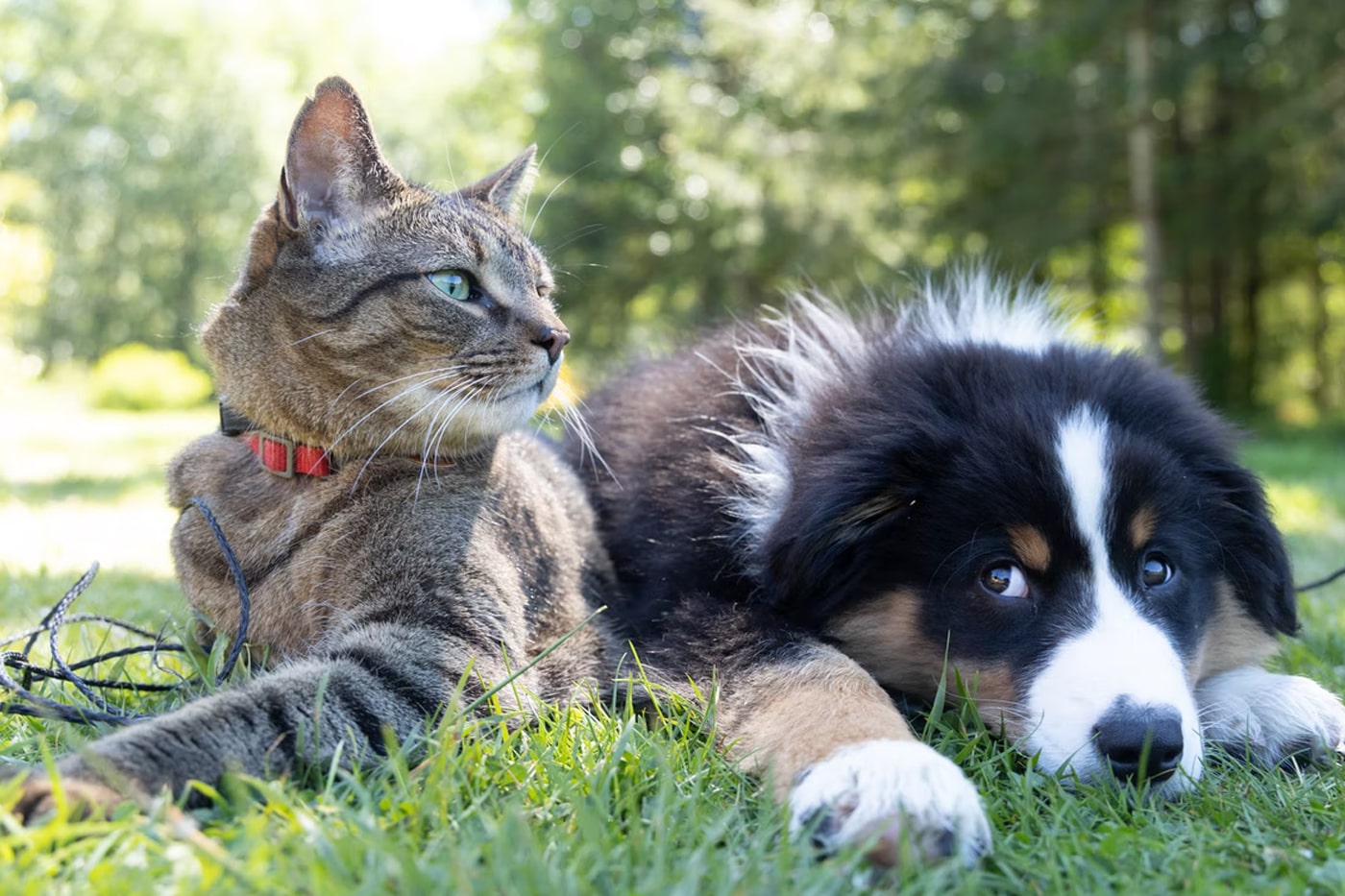Your plant-filled home should be a safe haven for your pets. That's why it's important to know what kinds of plants are safe to grow in the garden and inside your home. The last thing you want is for your beloved pet to get sick from chewing on a toxic plant's leaves.
So, which plants are not good for pets? It is important to know what plants are safe, especially those herbs, vegetables, and other edible plants that are dangerous for your cats and dogs. It is also critical that you buy gardening tools and supplies like herb kits from a trusted store. Starter plants for your outdoor and indoor garden should be safe for you and your pets.
Contents []
Indoor Plants That Are Safe For Your Cats and Dogs
Keep your pets safe inside your home and beyond. Here's our list of non-toxic plants to fill your living space.

Haworthia: A petite, eye-catching succulent that grows in dense clumps or tufts. The leaves are pretty fleshy like most succulents and are similar in appearance to aloe vera except for the distinct white bands on its foliage. This plant is 100% for pets. It's also one of the most easy-going plants to grow indoors. It doesn't require much, just bright light for at least 6 hours a day in a shady, cool spot in your home. Haworthia will do well in moist conditions with well-draining soil.
Fern: Most types of decorative ferns are non-toxic to pets, including the popular Boston and Staghorn fern. Ferns make an attractive focal point in the home because of their lush fronds. These plants are usually grown in a hanging basket, so they're less likely to be destroyed by Fido. Most ferns love humid, shady spots. These do not require frequent watering, although they need a boost of moisture during the summer season.
IMPORTANT: Note that some ferns are toxic, like the asparagus fern. Despite the name, the asparagus fern does not belong to the fern family. It belongs to the lily family, which is highly toxic to pets.
African Violet: African violet adds a bright pop of color to a space. It's the perfect home account for dark corners. A native of East Africa, the African violet is a hardy flowering plant that produces gorgeous purple and pink blooms. It's a low-maintenance plant that can survive harsh weather conditions. It will thrive in the dark, shady areas of the home but require rich, well-draining soil. Add fertilizer regularly to keep the plant producing more blooms.

Blue Echeveria: An evergreen succulent that forms a big rosette with its fleshy, blue-green leaves. This succulent is quite petite and would make a terrific addition to a terrarium. It also plays well with different plants, so you can grow this with several succulents in a big, shallow pot. Blue echeveria does not require frequent watering, only bright light, and some TLC.
Bromeliad: A drought-resistant, slow-growing plant with brightly colored foliage. This plant is pet-friendly and very low maintenance. All it needs is direct sunlight and sporadic watering, and it will thrive. Just like orchids, bromeliad can grow in soil-free gardens like a hydroponics system - making maintenance almost effortless. Add a couple of bromeliad in different colored foliage to give your living space a touch of tropical coziness with no worries about your pets getting sick.
Calathea: Calathea is a herbaceous perennial with patterned foliage. It's a bit high maintenance, needing specific water, light, and fertilizer requirements, but it makes an eye-catching focal point in the home when taken care of properly. It doesn't grow too big and will look fabulous displayed on its own or with several plants. It's also safe to have around pets and kids.

Sunflower: Sunflower adds a pop of color to the home, making it a fabulous accent plant in and around the house. It's not a common houseplant, but it will thrive indoors as long as its light and moisture requirements are met. Sunflowers are incredibly pet friendly and even edible to cats and dogs. But because the seed shells are fibrous, these will be hard to digest, so don't let Fido munch on the flowers.
Palms: Give your living space a relaxed and inviting tropical beach vibe by adding a couple of palm plants into your home. You can add as many pots of palm plants into your home as you like, even with pets around, because these are 100% safe and non-toxic. We suggest mixing different-sized palms to make any corner appear lush and full. Some varieties of palms are toxic to pets, so it's essential to check the name of the plants or talk to your local plant expert. You want to avoid the sago palm variety because it's pretty toxic to pets. Areca palm, parlor palm, and ponytail palm, on the other hand, are perfectly safe for pets.
Spider Plant: A very low maintenance houseplant with eye-catching, spiky leaves, the spider plant is one of the best houseplants to have around pets. It's a tropical plant, so it can survive harsh weather conditions, including poor soil and drought. Spider plant is a cinch to take care of; just a bright spot in your home is enough to keep it healthy. It's an excellent plant for beginners because it will grow in any condition.
Peperomia: Also known as trailing jade, this beautiful non-toxic houseplant has thick, fleshy leaves that trail down and creeps slowly. It is often mistaken as a succulent, but it's not. Trailing jade is so low maintenance, it only needs watering when the soil is dry to the touch. It will thrive in most conditions but prefers brightly lit spots.
Toxic Plants to Avoid

Some houseplants have toxins that could cause nausea, vomiting, tummy aches, and other sickness among pets. In some cases, the toxicity is so high that ingesting any part of the plants could kill pets. Here are some plants that are not safe to have around pets:
- Snake plants
- Pothos
- Lilies
- Rubber plants
- ZZ plants
- Chrysanthemums
- Azaleas
- Tulips
Growing plants indoors help fresh the air and improve the look of your living space. You don't have to give up on growing different plants if you live with pets. The decorative house plants we've listed above are 100% safe for all types of pets.
If you're unsure about the toxicity of the plants, you can do your research online or ask a plant expert from your local nursery, just to be on the safe side. For gardening supplies and tools, we've got you covered! Check out our online store and start building your own home garden.



